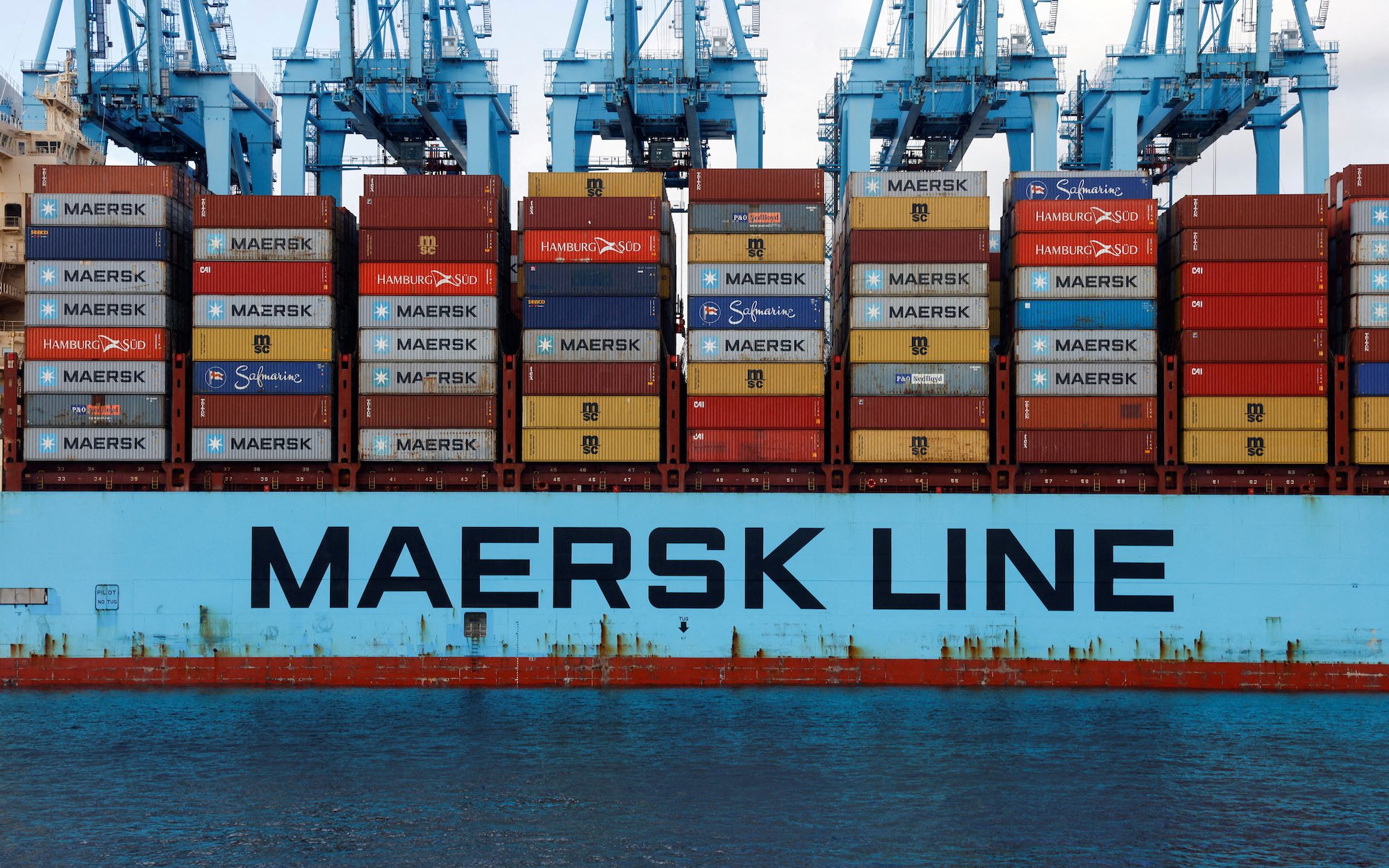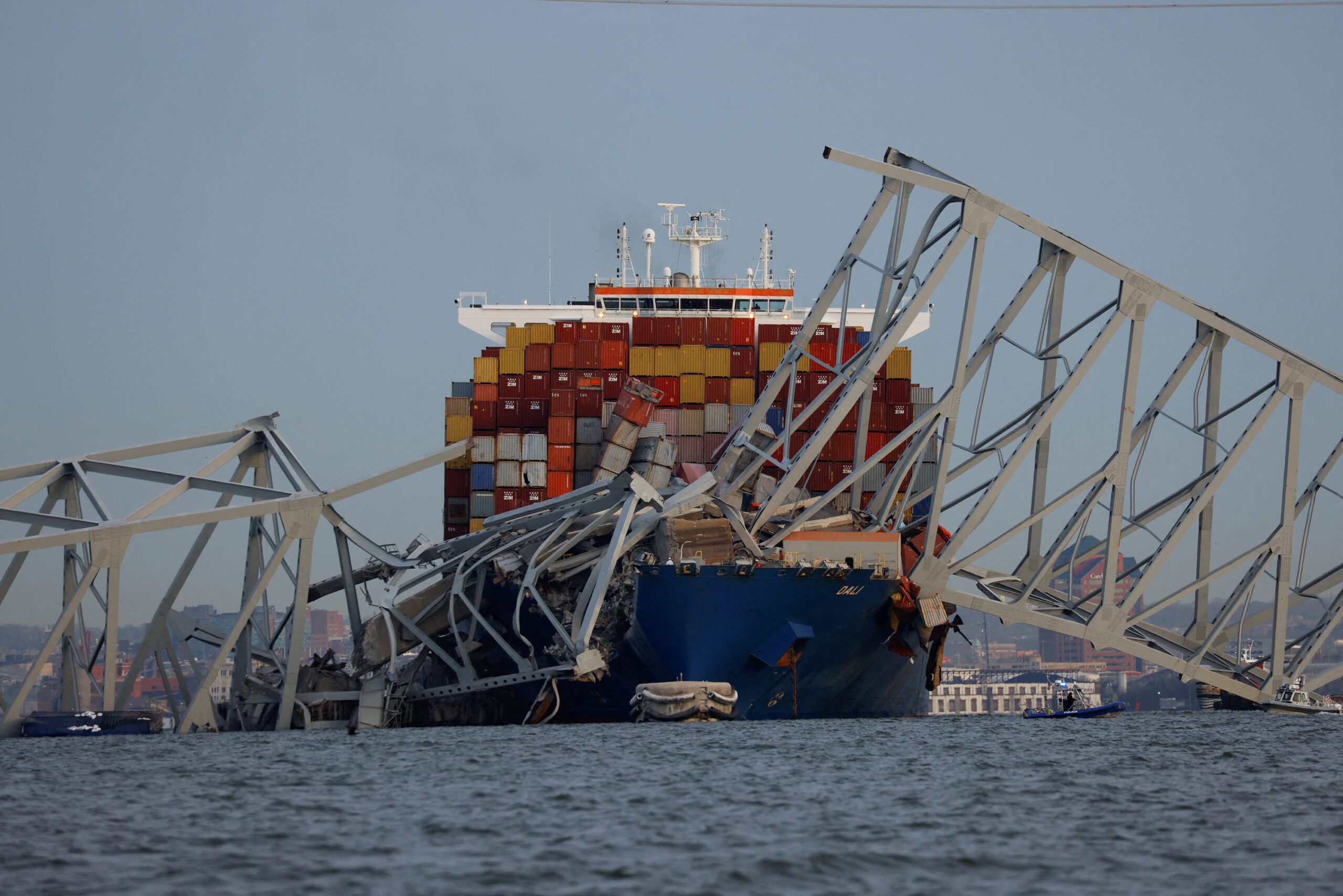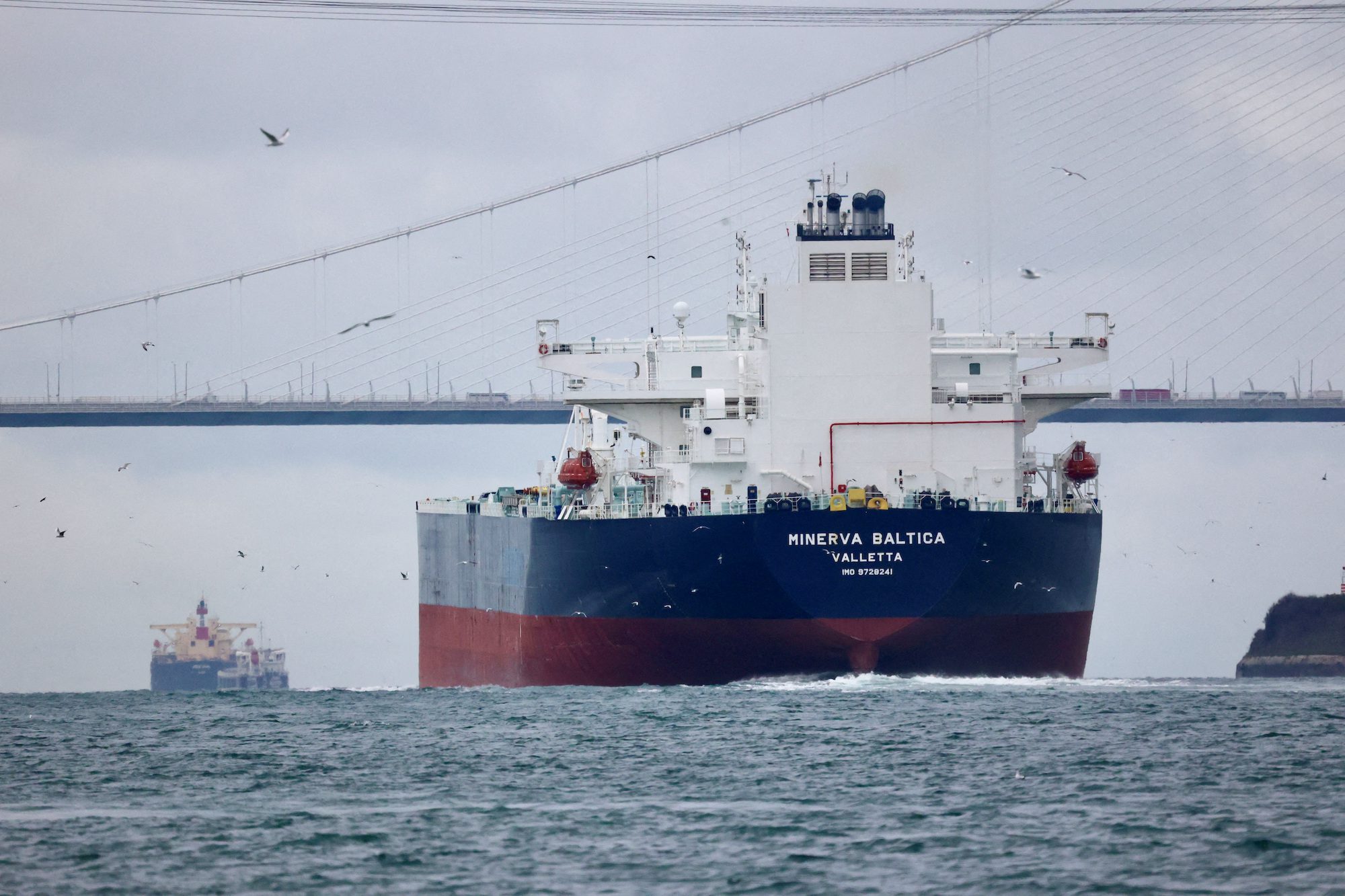Sara Lawrence. Photo: Shell
Lubricant suppliers have needed to anticipate unfolding maritime legislation while still meeting shipping’s commercial drivers. Shell Marine Products Global Technical Manager Dr Sara Lawrence is a chemist with eyes on the future.
Sara Lawrence has built a career around anticipating trends in lubrication. Her specialist subject became apparent early, following up a degree in Chemistry with a PhD sponsored by Shell exploring ‘the lubricants of the future’. These studies focused on the potential offered by esters (synthetic oils), which have now even found a role in maritime lubrication.
Her responsibilities have included a key role in the response of Shell Marine Products to the US Vessel General Permit in the US, which entered into force in December 2013, in the shape of the Shell Naturelle range of lubricants. Shell Naturelle is an array of Environmentally Acceptable Lubricants based on ester oils that include hydraulic oils, gear oils, greases and stern tube oils.
In an 18 year career with Shell, Dr Lawrence has gathered a breadth of experience, including fundamental research into base fluids, anti-wear technology and soot levels. She has also headed up a fuel blending team, and been a Senior Technical Adviser with Showa Shell in Japan. Commercial experience has also been gained, through a project management role focusing on asset reliability, three years in a regional marketing role in Shell Bitumen, and even a period with Shell’s retail organisation.
Today, however, Dr Lawrence pursues her first calling; for the past six years she has been heading a 30-strong team of specialists dedicated to supporting customers in the correct application of the Shell Marine Products lubricant portfolio.
“The need for lubricants suppliers to prepare for the consequences of regulatory and commercial developments can hardly ever have been more pressing”, she says.
“Ship operating profiles have changed, and the fuels vessels use have needed to change and these external complexities have an impact on marine engines,” says Dr Lawrence. “Within Shell, we have developed a full range of lubricating oils for both two stroke and four stroke engines to cover the different operating regimes and regulations such as the introduction of Emissions Control Areas, but our challenges also relate to future scenarios. Having the right lubricant available at the right time in the right place to match a specific engine’s needs requires the ability to anticipate – both from the technical and service standpoints.”
As a result of slow steaming, for example, engines have been required to operate predominantly at part-load. Newer generation engines, in particular, have subsequently faced cold corrosion issues. This is an issue that SMP “does not and must not shy away from”, says Dr Lawrence.
“Both we and our customers are ultimately guided by the OEMs when it comes to recommending cylinder oil selection for different engine types. This guidance has changed over time.”
SMP’s two stroke portfolio ranges from Alexia S3, a 25BN cylinder oil for ECAs where fuels have up to 0.1% sulphur content, through to Alexia S6 – a 100BN oil for newer engines burning HFO with sulphur contents up to 3.5% operating under conditions of high oil stress. Also within its current offer is Alexia 50, a 70BN cylinder oil that has a strong track record in the market place and is designed to meet the demands of the vast majority of engines in use today.
As well as “running to keep up with change” on product development, Dr Lawrence believes that customers are becoming “more service-hungry” with each industry development.
“Increasingly, customers are seeing more value in Shell Rapid Lubricants Analysis, our laboratory-based oil condition monitoring, covering TBN, water, inductively coupled plasma and wear particle index testing,” she says. “This expertise backs up ‘Shell Lube Monitor’, which offers a suite of services to help monitor cylinder conditions onboard ship.”
Achieving a balance between lubricant cost and equipment reliability is an operational must, but running vessels smoothly also depends on identifying potential issues before they become critical.
“Many owners operating low speed engines want to reduce cylinder oil feed rates to minimize lubricant costs, but there is a fine balance between cutting costs and having a negative impact on engine reliability. Shell Lube Monitor is helping owners weigh up specific combinations of lubricants and fuels in relation to the severity of operational demands on the engine, and specific operational and maintenance requirements.”
Shell Lube Monitor offers cylinder drain oil analysis, expert advice, support and implementation tools, and an annual report quantifying the benefits achieved. Customers can also take advantage of strategy reviews and guidance available from SMP.
“The cost and reliability of vessel operations can be affected by changes to a number of different factors,” says Dr Lawrence. “These include fuel sulphur content, but also climatic conditions (including high humidity), liner wall temperatures, engine load influences such as hull fouling, and changes to engine settings and operating conditions.”
“Electronically controlled cylinder lubrication systems on the market today have taken much of the uncertainty out of optimizing cylinder oil consumption, but Shell Lube Monitor is different; it offers direct oil monitoring and cylinder condition monitoring services. That is a valuable and sometimes complicated undertaking.”
“We are able to document how non-intrusive corrosion and wear-monitoring service for marine engines can lead to less downtime, improved productivity, and a higher degree of safety and reliability.”
Ro-ro operator Tirrenia Compagnia Italiana Di Navigazione recently used the Shell Rapid Lubricants Analysis service to validate engine conditions after a switch to Shell Argina X 40 on five vessels in the Tirrenia fleet.
“By switching to Shell Argina X 40 and using the laboratory-based analysis service to monitor the condition of the engines Tirrenia was able to reduce the sweetening ratio by about 25 percent, while also improving crankcase cleanliness and maintaining the BN within required limits,” Dr Lawrence says. “Tirrenia has subsequently reported annual savings of about $22,800 per vessel as a result.”
For cylinder oil suppliers, the ability to address these real world challenges continues to intensify. In principle, for example, the switchover from higher to lower sulphur content fuel on entering an ECA is instantaneous, but the switchover can bring complications. HFO needs to be injected into the cylinder with the correct viscosity, and this normally requires a temperature greater than 100 degrees Celsius. Distillates, by contrast in some cases require cooling to avoid too low a viscosity, but enter the engine via some of the same pipe lines and components used by HFO. In practice, this means that the switchover needs to be ‘ahead of schedule’.
Lubricants also have to be ‘switched’ to match the characteristics of the fuel burned, but not all ships feature multiple tanks for lubricants. Even if there are multiple lubricant tanks onboard, the switchover between cylinder oils will involve a period of mixing in the cylinder day tank.
“The Blend On Board principle delivers flexibility in terms of applying the cylinder oil with the right BN to accommodate fuel types ranging from 0.1% to 3.5%. Practitioners also report significant (up to 40%) cylinder oil consumption benefits through optimising feed-rates, and major waste disposal cost savings.”
However, there are potential ‘downsides’ that include equipment and installation costs, additional complexities in BN monitoring, extra crew training, and viscosity issues. There are also areas of doubt on blend ‘authenticity’ after dilution, given the variable ‘dirtiness’ of the oil when changed out.
“We are able to support the range of options offered, but we will look to the OEMs for our ultimate guidance,” says Dr Lawrence.
One reason for patience, she says, relates to the IMO’s 2018 review of whether the proposed global cap on fuel sulphur content will be put back from 2020 to 2025. If it is, yet Europe presses ahead with regional restrictions, where would blend onboard fit in? A ship operating Asia-North Europe might bunker fuel with 3.5% sulphur content in Singapore, use 0.5% sulphur fuel after Suez and then 0.1% sulphur fuel in the North Sea ECA. Would it really be viable to operate with three fuels, and three appropriate cylinder oils?”
Unlock Exclusive Insights Today!
Join the gCaptain Club for curated content, insider opinions, and vibrant community discussions.

 Join The Club
Join The Club













